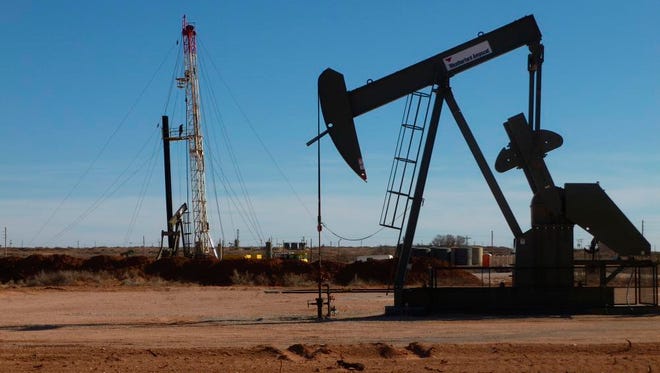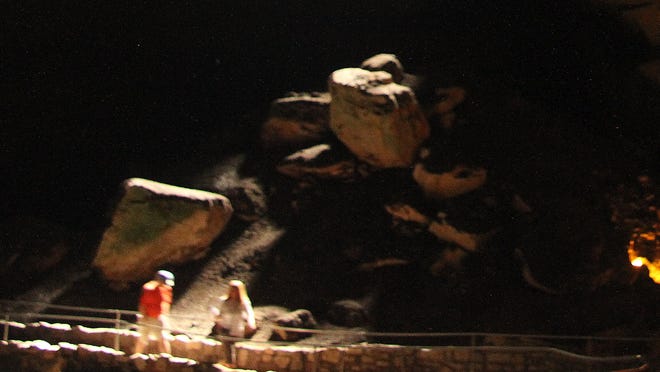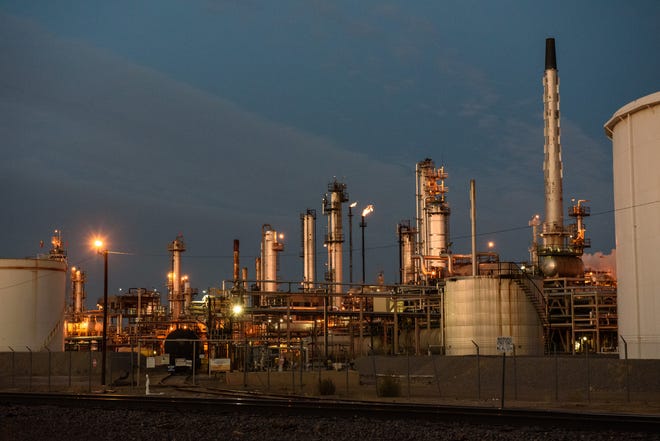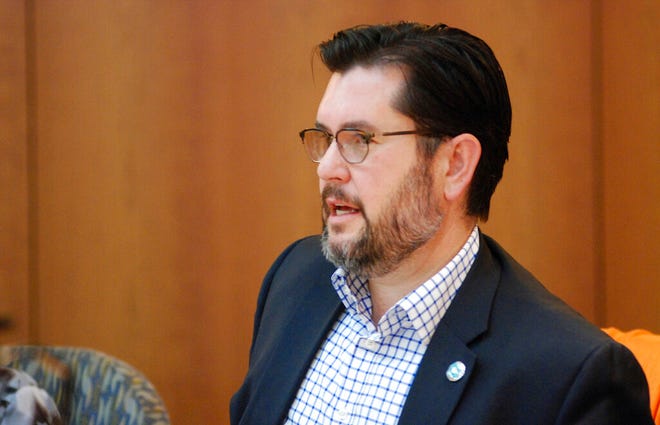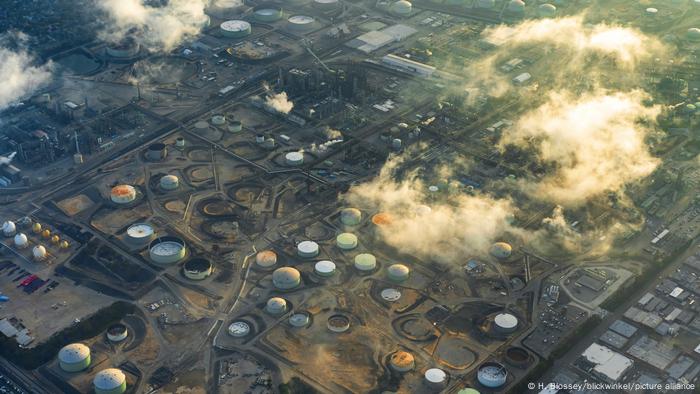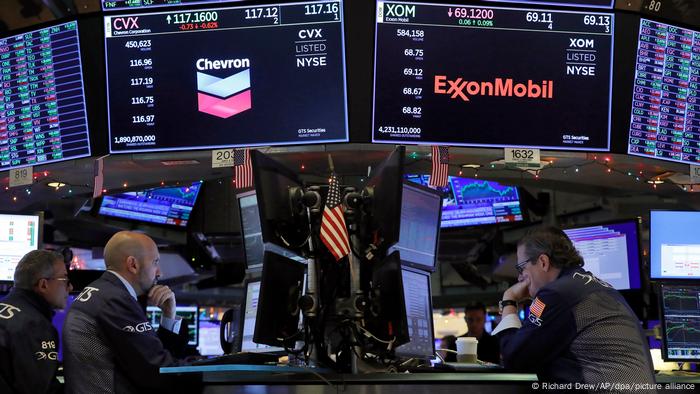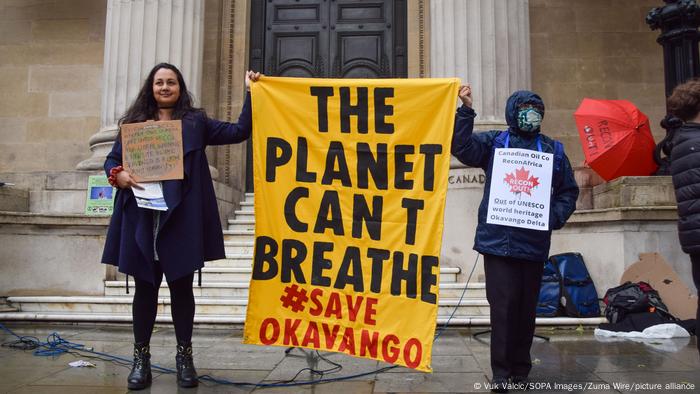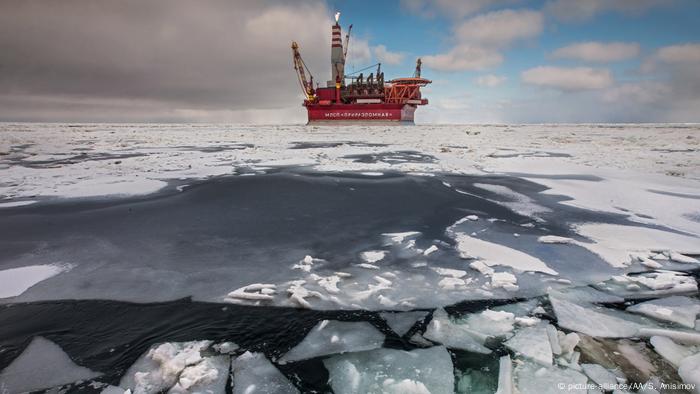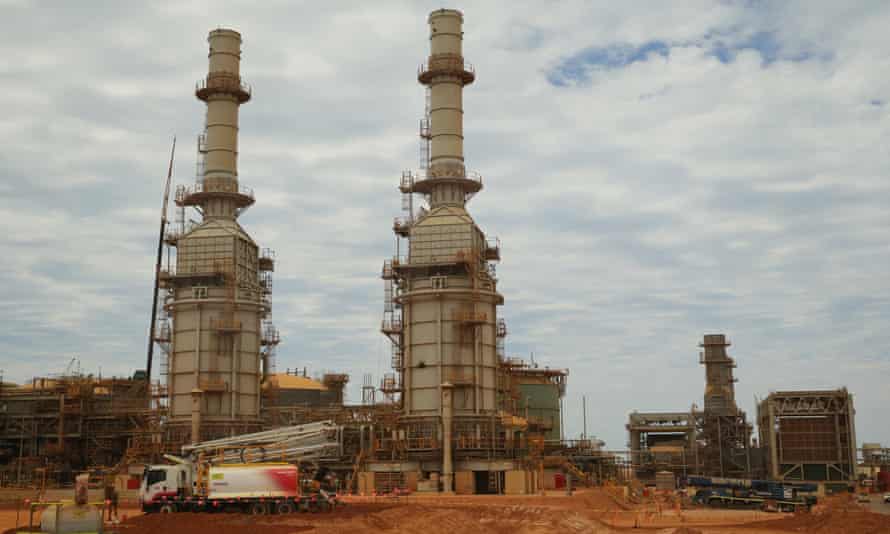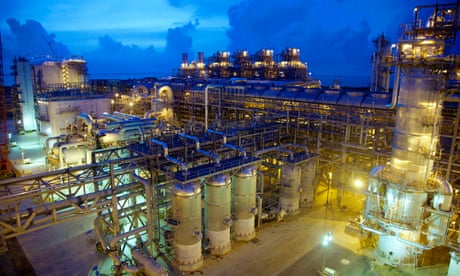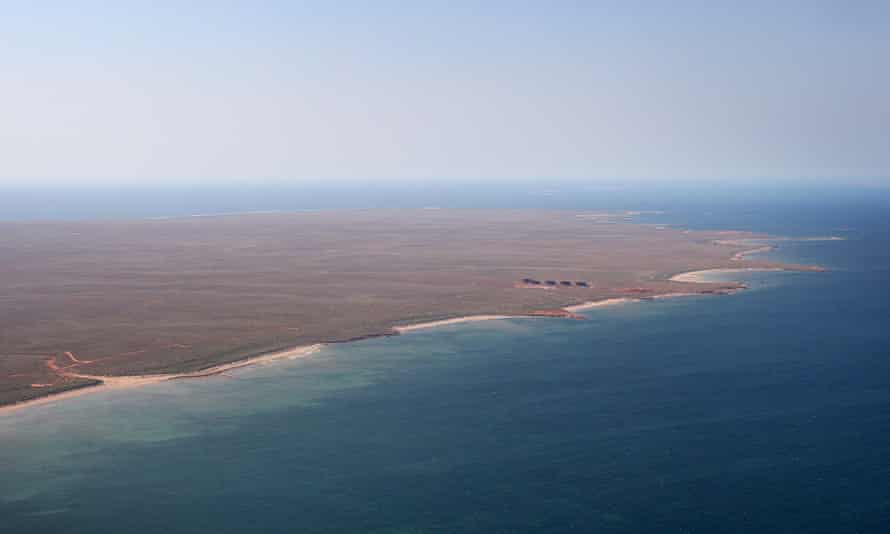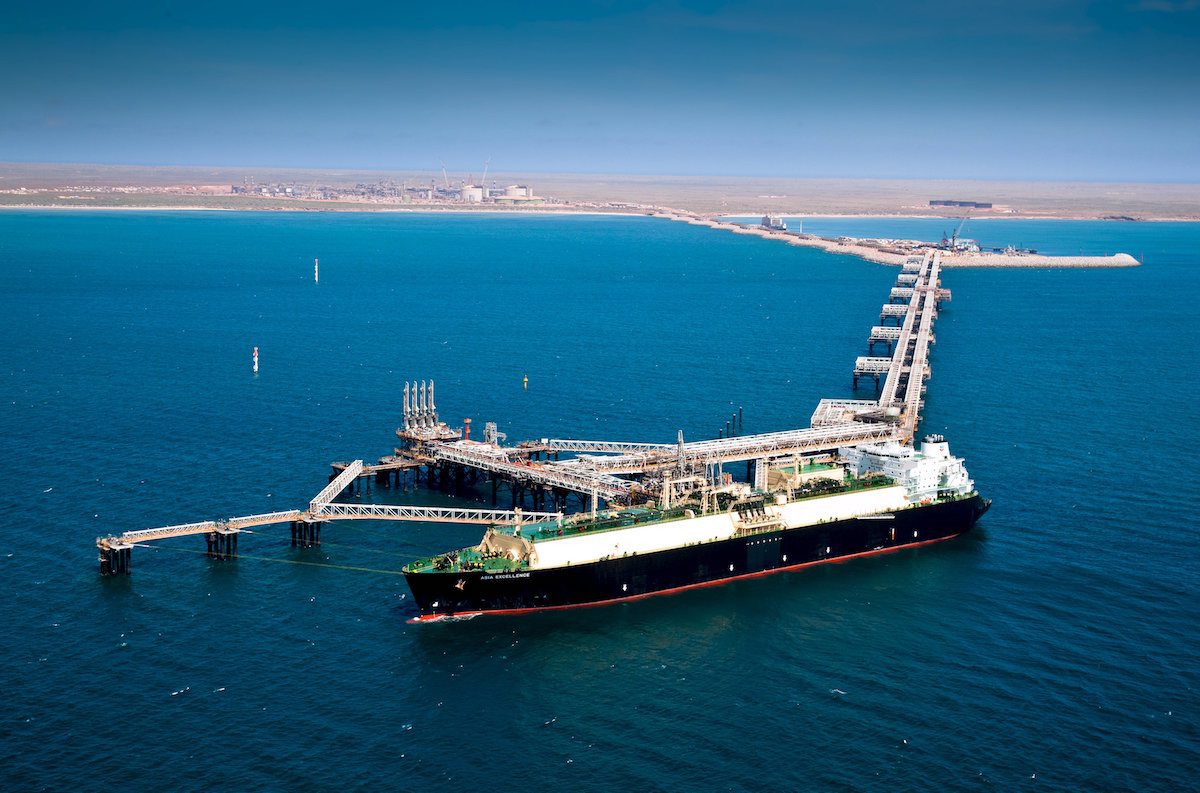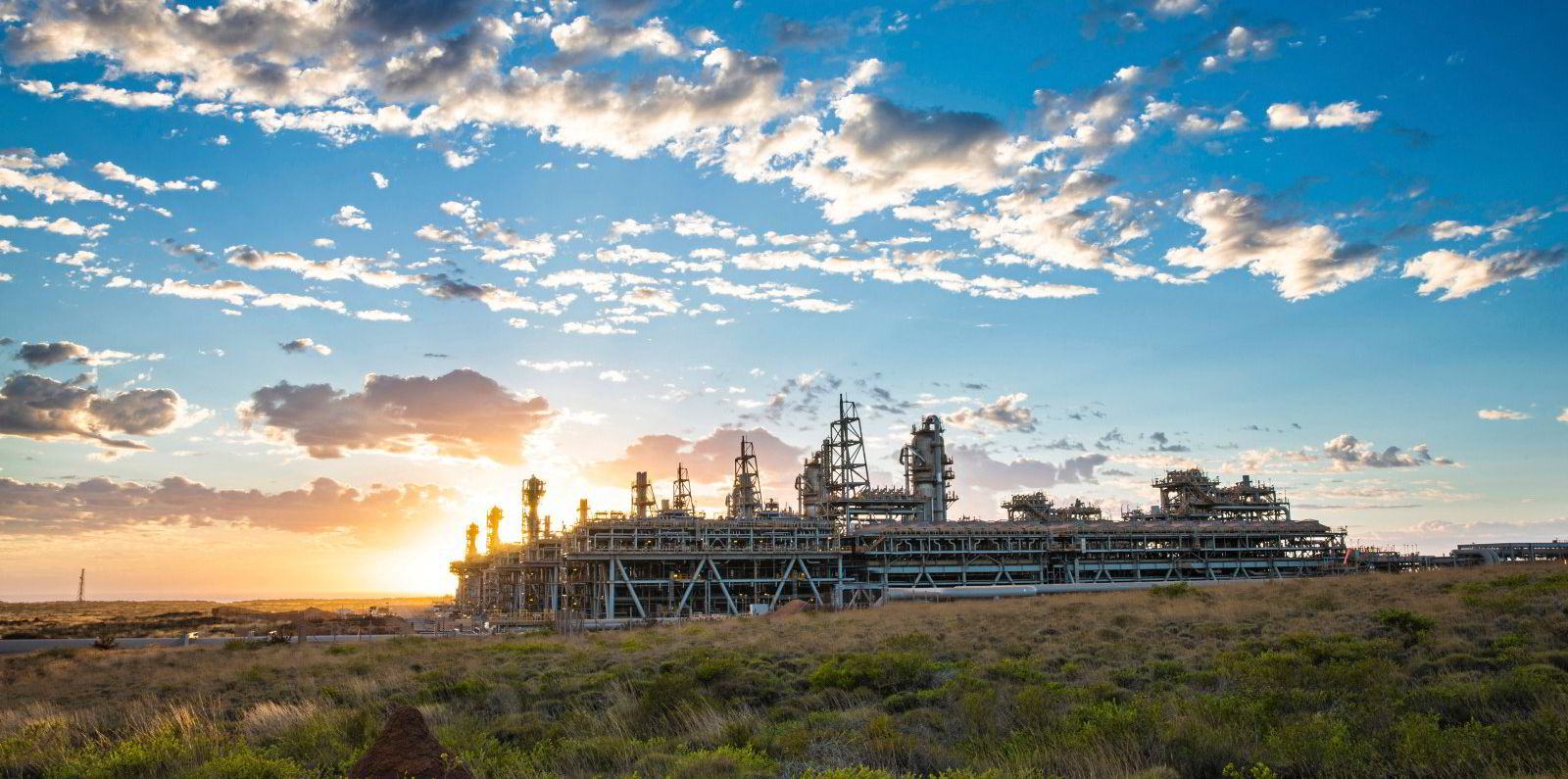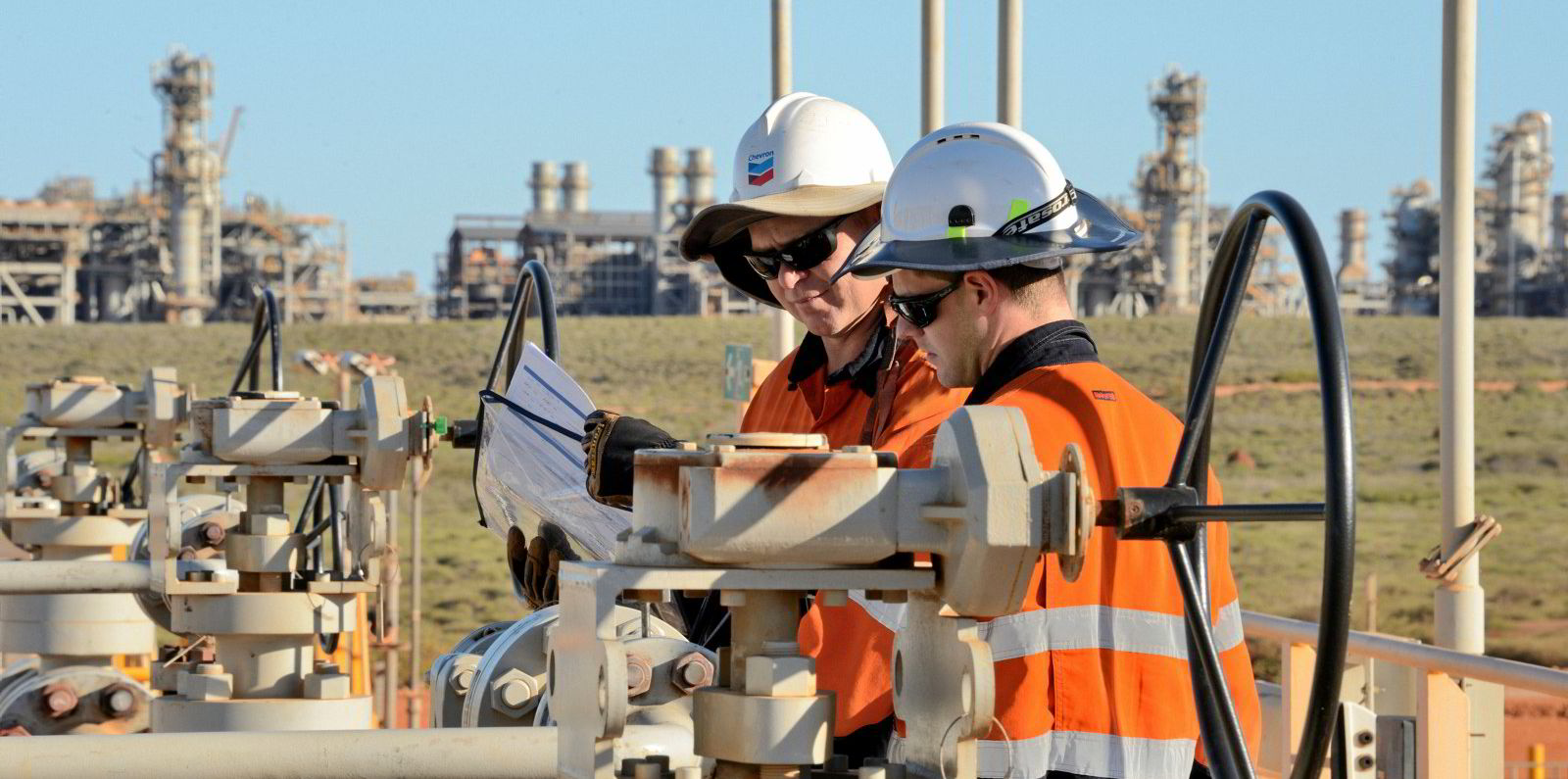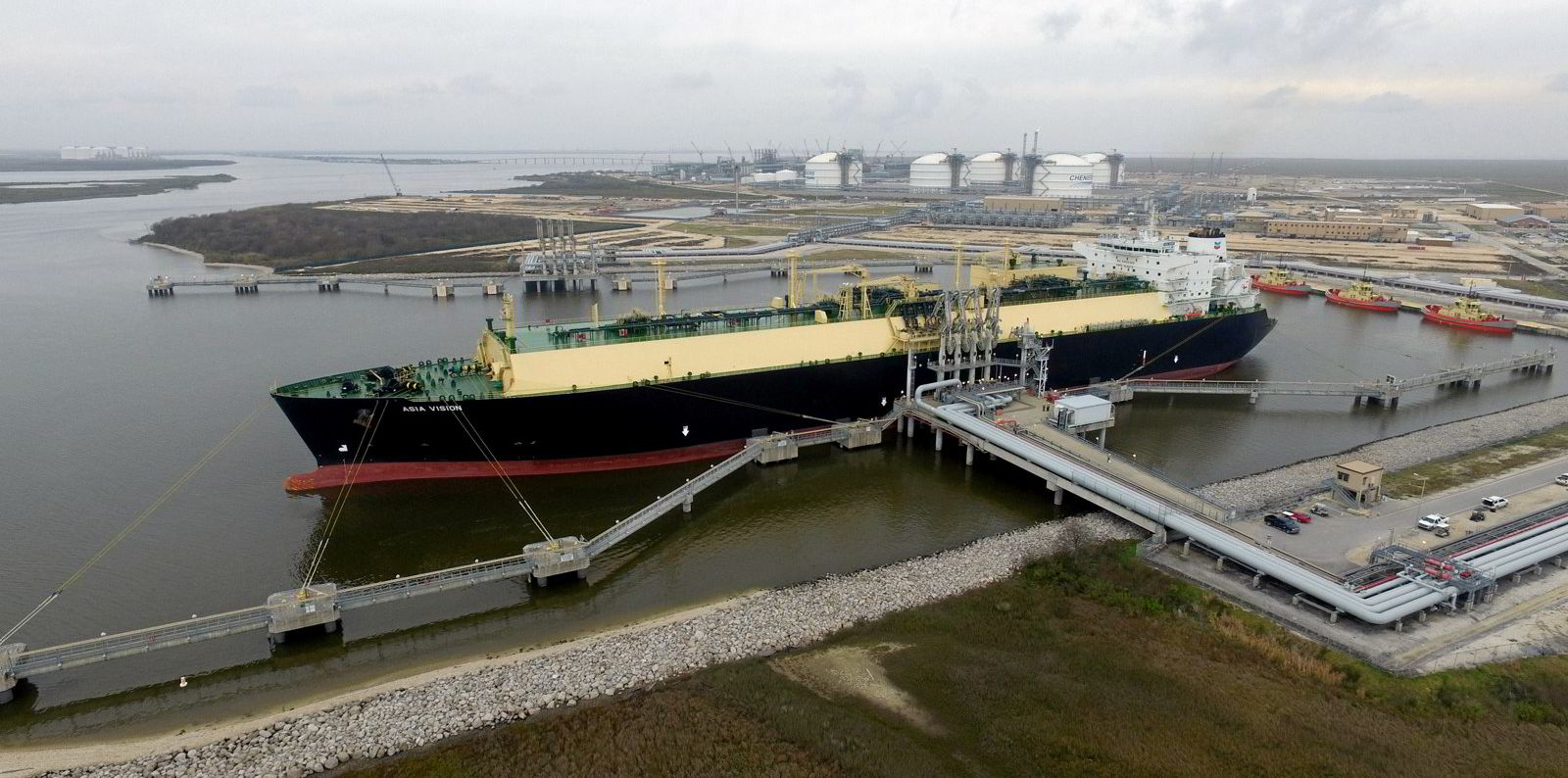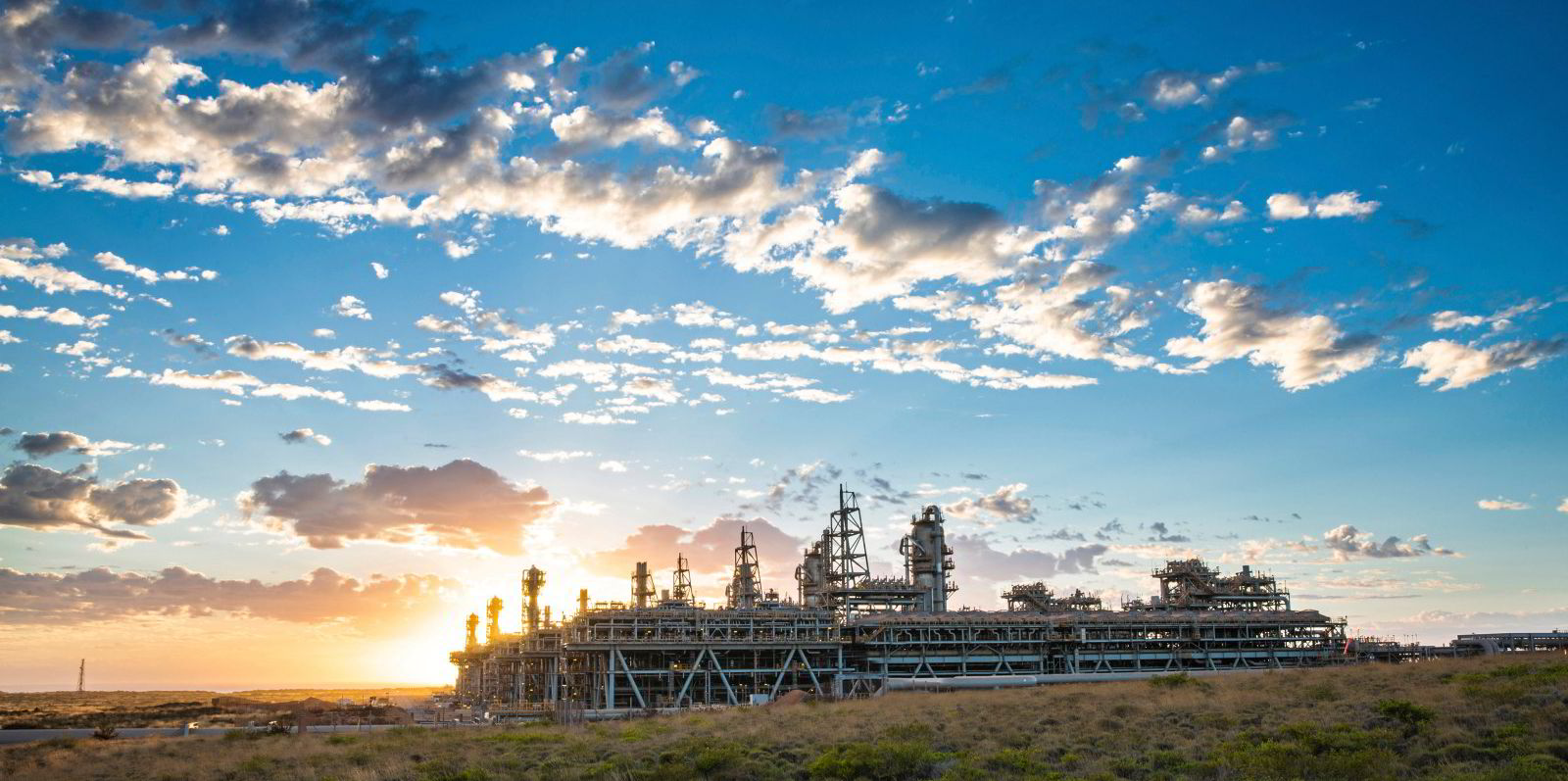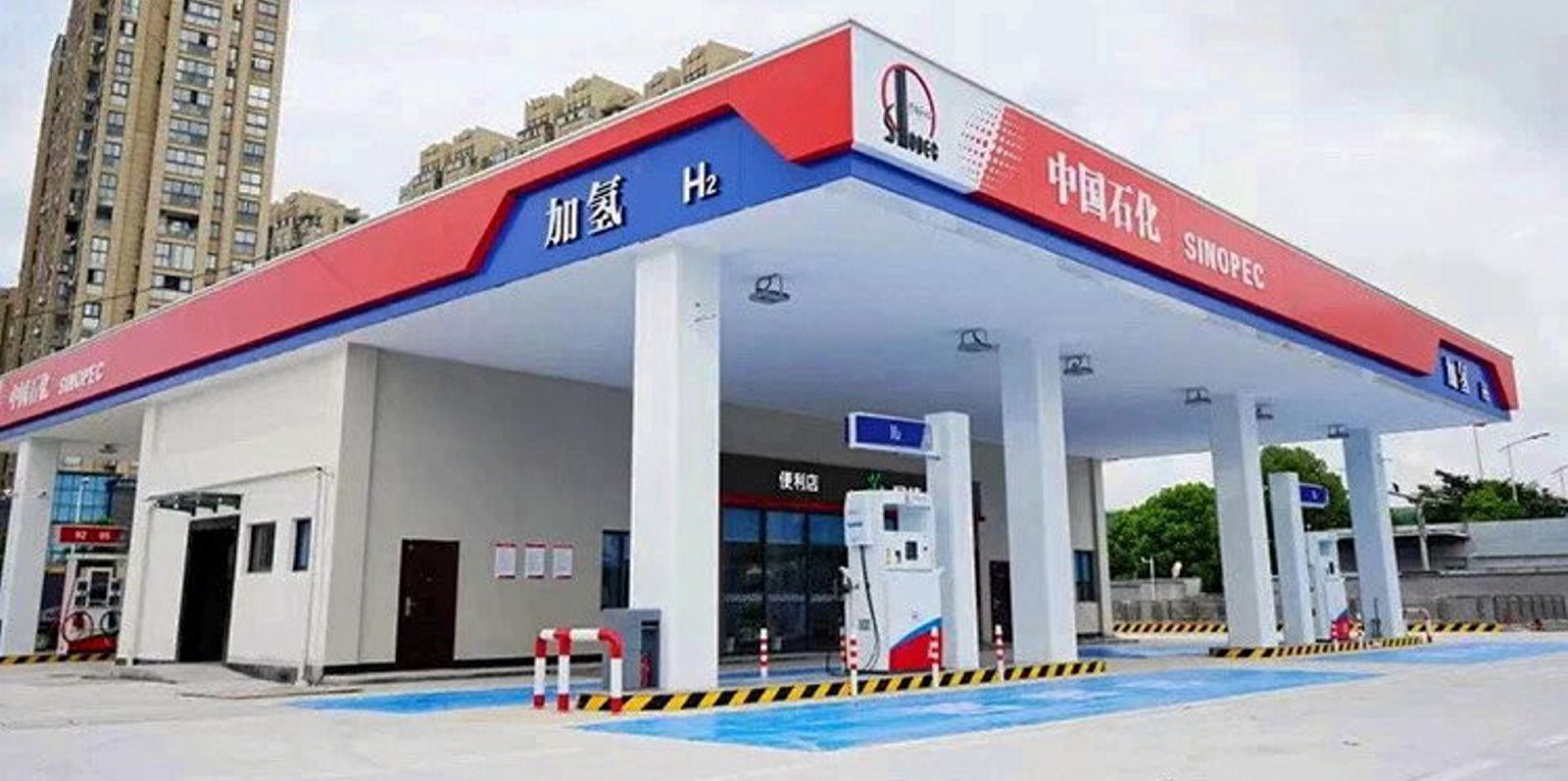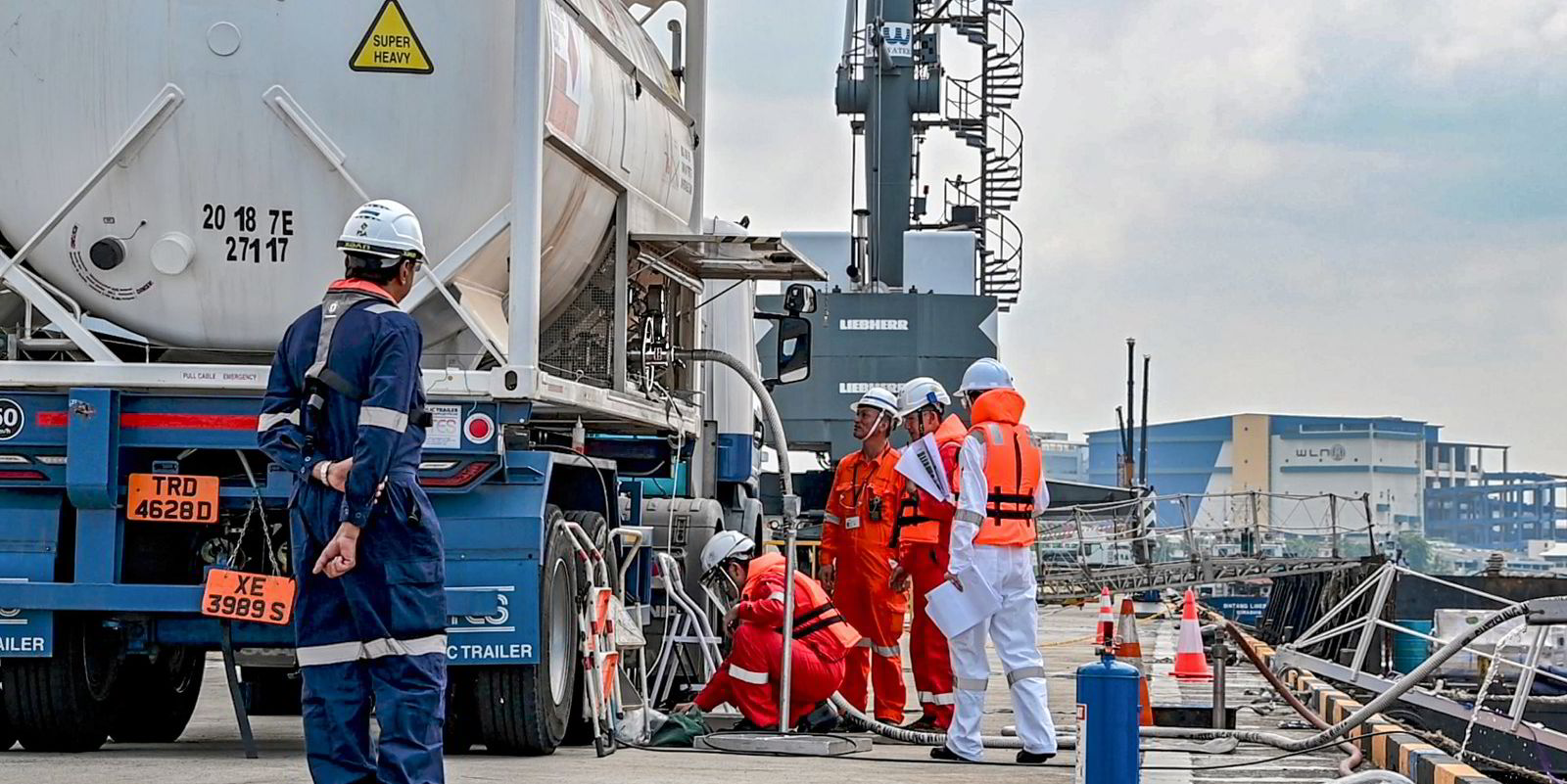
© Getty Images
As talks on a bipartisan infrastructure deal continue, it’s critical to our country’s ongoing economic recovery that workforce development funding – specifically the $100 billion set aside in the American Jobs Plan – not be sidelined. To ensure a labor market recovery for all American workers, including those who have been left behind in the past, we need to invest in employment opportunities for those who have struggled during the pandemic and those who face challenges, no matter the economic conditions.
Many signs point to a labor market in recovery. The current unemployment rate is 5.9 percent, down considerably from historic highs in 2020 but still above pre-pandemic levels. Last week, initial unemployment claims were at the lowest level since March 2020 — welcome progress thanks to the success of the administration’s American Rescue Plan and aggressive vaccination campaign.
But the recovery has remained uneven across education levels and for certain groups. The unemployment rate for Black, Hispanic and non-college educated workers follows past trends and is elevated compared to those with a Bachelor’s degree or higher. In June 2021, the unemployment rate for those with a high school degree and no college was double (7 percent) that of workers with a bachelor’s degree or higher (3.5 percent).
Long spells of unemployment and becoming disconnected from the labor market have profoundly negative effects on families’ overall economic security, including the children of those workers, and can stunt local economies. It is in everyone’s economic interest not just to provide opportunities for workers across the economic distribution but to ensure that our workforce development infrastructure prioritizes good outcomes. The pandemic recovery is an opportunity to make workforce development more inclusive.
Our experience with past downturns offers evidence-based strategies for how policymakers can strengthen the labor market for all workers and ensure a more equitable economic recovery.
The American Jobs Plan recognizes that subsidized employment programs are a proven strategy for helping workers, especially those who face structural obstacles, become connected quickly to quality jobs and career pathways. Programs like the Temporary Assistance for Needy Families (TANF) Emergency Fund used during the Great Recession by states to place more than 250,000 workers in various industries should be scaled and replicated going forward.
Another workforce program that could help the long-term unemployed is the Work Opportunity Tax Credit (WOTC), which creates an incentive for employers to hire individuals from certain groups who face persistent barriers to employment, such as veterans and those receiving public assistance benefits.
To help workers, Congress should also not let the best be the enemy of the good when it comes to the minimum wage. Most agree that workers deserve a raise from the current inadequate rate of $7.25, yet there are disagreements on the exact amount, and momentum has slowed for $15. Democrats should negotiate up as much as they can – be it to $11 or $12 per hour – since any increase would be an improvement for low-income workers and peg ongoing increases to inflation. We can also ensure that minimum wage workers earn enough to move into the middle class by instituting a Living Wage Credit, which would absorb the Earned Income Tax Credit (EITC) and provide more generous tax relief for individuals making less than $40,000 per year, phased out beyond that income threshold.
There is still economic uncertainty from factors (including the Delta variant) that threaten our nascent recovery. Reforming unemployment insurance (UI) and making it function as an “automatic stabilizer,” triggered as soon as the economy enters a downturn, would help get aid to unemployed workers faster in a crisis. Our UI systems need to be modernized entirely, and Congress should consider updates, such as offering extended benefits for more weeks during severe recessions, adequately funding updates to state IT systems and covering more jobseekers, such as the self-employed.
Other important elements of the American Families Plan must also be included and will provide additional supports for working families, along with a permanent expansion of the Child Tax Credit. The White House has also signaled that competition across the economy will strengthen the bargaining power of workers by targeting non-compete agreements and monopsonistic labor markets, which have led to wage stagnation and income inequality.
These are all essential steps, but as Congress and the Biden administration work on the next infrastructure package, we cannot leave out investments in the workers who will build it. The $100 billion set aside in the American Jobs Plan, along with additional supports for workers, will all be important to support a healthy recovery that is equitable and long lasting.
Veronica Goodman is director of social policy at the Progressive Policy Institute.






